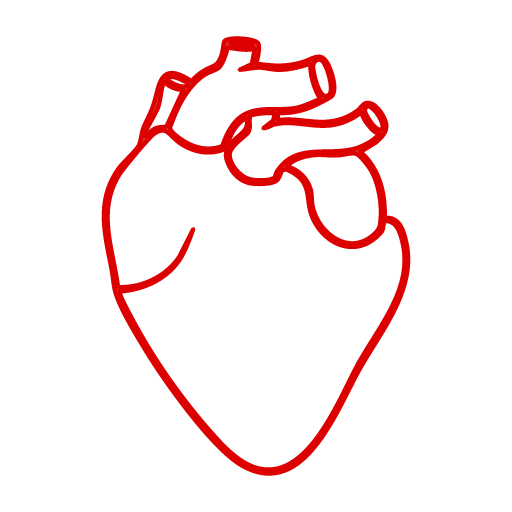How to deal with gastro-oesophageal reflux disease (GORD)
By Dr Ross Walker
Gastro-oesophageal reflux disease (GORD) is a chronic condition in which gastric contents, including stomach acid, flow back into the oesophagus, leading to symptoms and potential complications. It is commonly characterized by frequent reflux of stomach contents into the oesophagus, resulting in irritation and inflammation of the oesophageal lining.
Several factors contribute to the development of GORD, including:
- Lower Oesophageal Sphincter (LOS) Dysfunction: A weakened or relaxed LOS allows stomach contents to flow back into the oesophagus. Conditions such as hiatal hernia can also contribute to this dysfunction.
- Increased Intra-abdominal Pressure: Conditions such as obesity, pregnancy, and tight clothing can increase pressure on the stomach, promoting reflux.
- Dietary Factors: Certain foods and beverages, such as fatty foods, chocolate, caffeine, alcohol, and acidic foods, can trigger reflux symptoms.
- Lifestyle Factors: Smoking, sedentary behaviour, and overeating can exacerbate symptoms.
- Medications: Some medications, including NSAIDs, certain muscle relaxants, and antihistamines, may weaken the LOS and contribute to GORD. A very common, but often ignored, cause of GORD is low dose, enteric coated aspirin. If it is important you are on a blood thinner there are a number of alternatives that do not irritate the stomach.
Finally, it is important to realise that around 90% of peptic ulceration is related to a chronic helicobacter infection & this needs to be excluded in all cases of significant GORD.
The symptoms of GORD can vary widely among individuals but commonly include:
- Heartburn: A burning sensation in the chest, often occurring after meals or at night.
- Regurgitation: The sensation of acid or food coming back up into the throat or mouth.
- Dysphagia: Difficulty swallowing, which may occur due to inflammation or narrowing of the oesophagus.
- Cough or Sore Throat: Reflux can irritate the vocal cords, leading to chronic cough or throat discomfort.
- Other Symptoms: Some individuals may experience chest pain, bloating, nausea, or the sensation of a lump in the throat.
Diagnosis of GORD typically involves a review of the patient’s symptoms and medical history. Additional diagnostic procedures may include:
- Endoscopy: A procedure that allows visualisation of the oesophagus and stomach to identify any inflammation or damage. The key reasons to perform this test is to exclude helicobacter & also Barrett’s Oesophagitis, both of which may progress to cancer if left undetected & untreated.
- pH Monitoring: This involves measuring the acidity of the oesophagus to correlate symptoms with acid exposure.
- Oesophageal Manometry: A test that assesses the motility and pressure in the oesophagus.
Management of GORD typically involves a combination of lifestyle modifications, medications, and in some cases, surgical interventions:
- Lifestyle modifications:
- Weight loss for overweight individuals. The pandemic of diabesity has certainly increased the incidence of GORD in our modern world.
- Avoiding trigger foods (e.g., fatty foods, chocolate, caffeine).
- Eating smaller, more frequent meals instead of large portions.
- Avoiding lying down immediately after eating and elevating the head of the bed.
- Medications:
- Antacids: Neutralise stomach acid for quick relief.
- H2-receptor antagonists: Reduces acid production (e.g., ranitidine, famotidine). It is my opinion that H2 receptor antagonist should be the first line therapy after antacids for reflux. I would then suggest the use of protein pump inhibitors once or twice a week depending on the severity of reflux.
- Proton pump inhibitors (PPIs): Strongly and effectively reduce stomach acid production (e.g., omeprazole, esomeprazole). Although highly effective and easily the best pharmaceutical therapy for GORD, there are many concerns about the potential long-term side-effects. These include a definite but slight increase in the risk for gastric cancer, double the risk for a heart attack and a 40% increased risk for dementia in some studies. There is also the potential for osteoporosis and atrial fibrillation.
- Prokinetics: Enhance gastric motility, helping to move food through the digestive system more efficiently.
- Surgical method:
- For patients who do not respond to medical treatment, surgical options such as fundoplication may be considered. This procedure strengthens the LOS and prevents reflux.
- A recent study examined the benefits of Transcutaneous Electrical Stimulation Aids Gastroesophageal Reflux Disease.
What the research says
A study published in Neurogastroenterology & Motility demonstrated the effectiveness of a transcutaneous electrical stimulation system (TESS) in reducing symptoms and oesophageal acid exposure in patients with gastroesophageal reflux disease (GORD). The study conducted in Israel included 26 GORD patients who showed increased acid exposure (defined as more than 6% total time with pH < 4). Patients were treated with TESS for a period of up to three weeks. The study demonstrated a 50% reduction in symptoms & objective measurements of reflux in the treated patients. The authors concluded that TESS appears to be both safe and effective for improving GORD symptoms and reducing acid exposure.
A larger, prospective, sham-controlled study is planned to further verify these promising initial results.
Gastro-oesophageal reflux disease is a prevalent condition that can significantly impact a person’s quality of life. Understanding its causes, clinical presentation, and management strategies is essential for effective treatment and symptom relief. With appropriate lifestyle interventions and medical management, many individuals can achieve better control over their symptoms and maintain a good quality of life.
